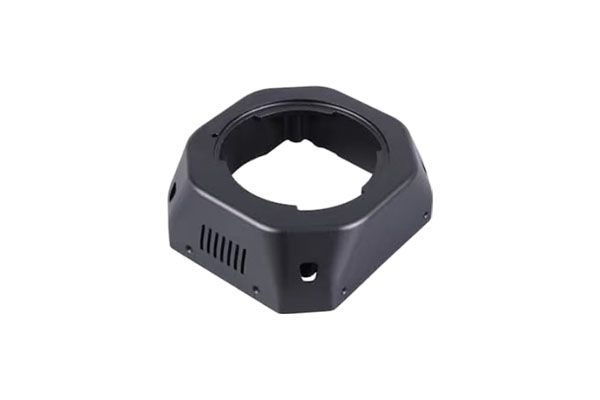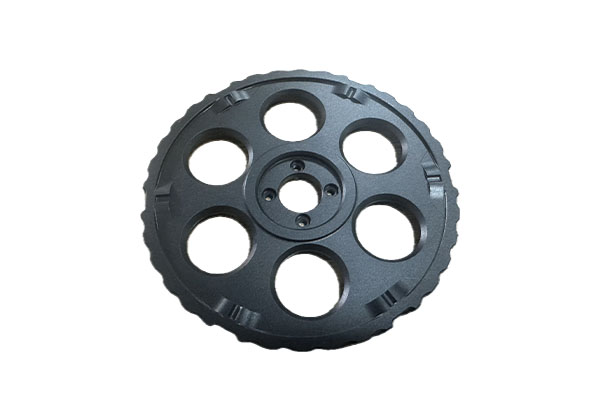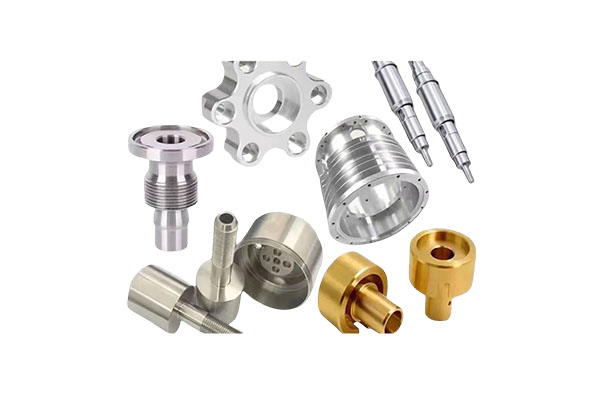How to avoid tool wear in CNC precision parts processing?
Release Time : 2025-03-20
In CNC precision parts processing, tool wear is an issue that cannot be ignored, which directly affects processing accuracy, efficiency and cost.
The selection of tool materials should be determined according to the material properties and processing conditions of the processed parts. For example, when processing materials with high hardness, tool materials with higher hardness and better wear resistance, such as cemented carbide or ceramic tools, should be selected. In addition, tool coatings can also significantly improve the wear resistance of tools. Common coating materials such as TiN, TiAlN, etc. can reduce the friction coefficient between the tool and the workpiece and reduce the wear rate. Therefore, in CNC precision parts processing, tools with wear-resistant coatings should be given priority.
Cutting parameters include cutting speed, feed rate and cutting depth, and their reasonable settings have a direct impact on tool wear. Excessive cutting speed will cause the tool temperature to rise sharply, thereby aggravating wear; while too low cutting speed can reduce wear, but it will reduce processing efficiency. Therefore, it is necessary to find the best cutting parameters suitable for specific materials and processing conditions through experiments and experience accumulation. At the same time, the feed rate and cutting depth should be reasonably controlled to avoid excessive cutting force causing accelerated tool wear.
The accuracy and stability of the machine tool have a great influence on tool wear. If the machine tool is not accurate enough or has poor stability, it will cause the tool to be subjected to additional vibration and impact during processing, thereby accelerating wear. Therefore, the machine tool should be maintained and calibrated regularly to ensure that it is in the best working condition. In addition, anti-interference measures should be taken, such as adding anti-interference capacitors or shielding wires, to avoid interference with the CNC system and cause precision deviation.
Coolant plays a vital role in CNC processing. It can effectively reduce the cutting temperature and reduce the friction and wear between the tool and the workpiece. Therefore, the coolant should be used reasonably during the processing process and ensure that it fully covers the cutting area. At the same time, the appropriate type of coolant should be selected according to the processing material and tool material to improve the cooling and lubrication effect.
The tool will gradually wear during use, and when it wears to a certain extent, it will affect the processing accuracy and surface quality. Therefore, the wear of the tool should be checked regularly, and the tool with severe wear should be replaced in time. The degree of tool wear can be judged by observing the cutting edge of the tool and measuring the size change of the tool. In addition, CNC precision parts processing can also use advanced detection equipment, such as tool wear monitoring system, to monitor the wear status of the tool in real time.
The skill level of the operator also has a great impact on tool wear. If the operator does not understand the CNC processing principle, tool performance and usage, or the operation is not standardized, it may cause the tool to wear faster. Therefore, the operator should be professionally trained to understand the principles of CNC processing, tool performance and usage. At the same time, the operator should strictly follow the operating procedures to avoid tool damage due to improper operation.
Advanced tool management technology is also an important means to avoid tool wear. Effective management and monitoring of tools can be achieved by establishing a tool library, implementing tool coding management, and regularly counting and analyzing tool usage. In addition, tool life prediction technology can also be used to predict the remaining life of the tool based on the tool usage and processing conditions, so as to replace the tool in time and avoid excessive wear and tear leading to a decrease in processing quality.
The tool wear problem in CNC precision parts processing can be effectively avoided by measures such as reasonable selection of tool materials and coatings, optimization of cutting parameters, maintenance of machine tool accuracy and stability, reasonable use of coolant, regular inspection and replacement of tools, improvement of operator skills, and adoption of advanced tool management technology.







